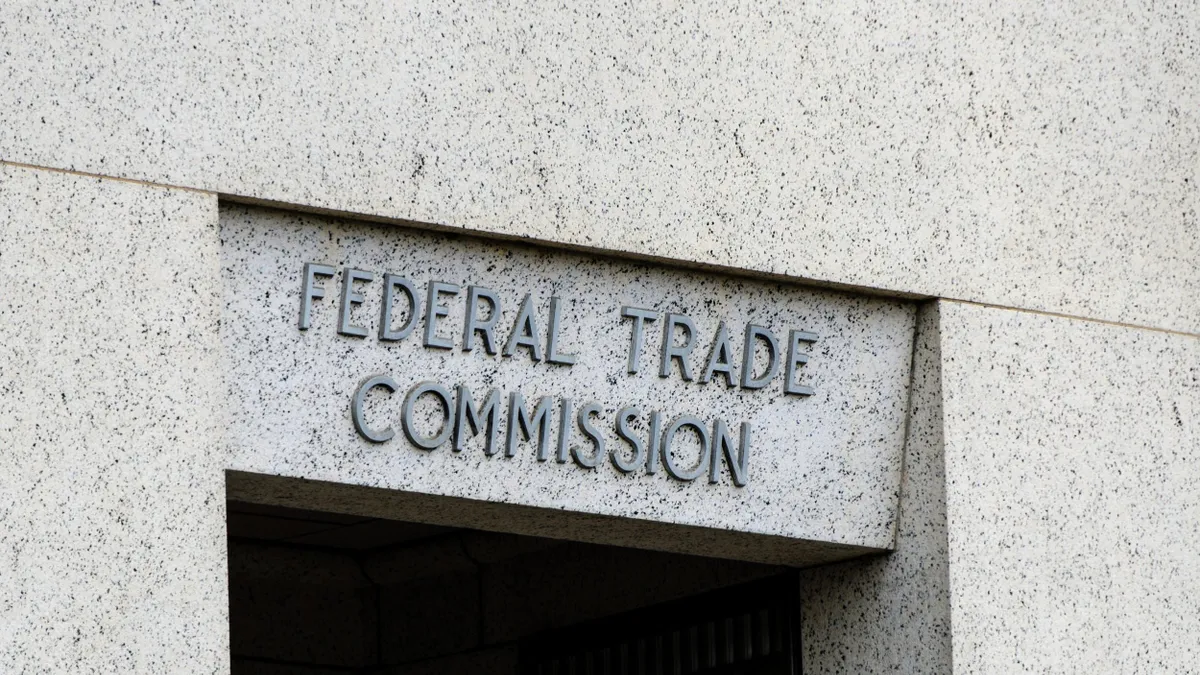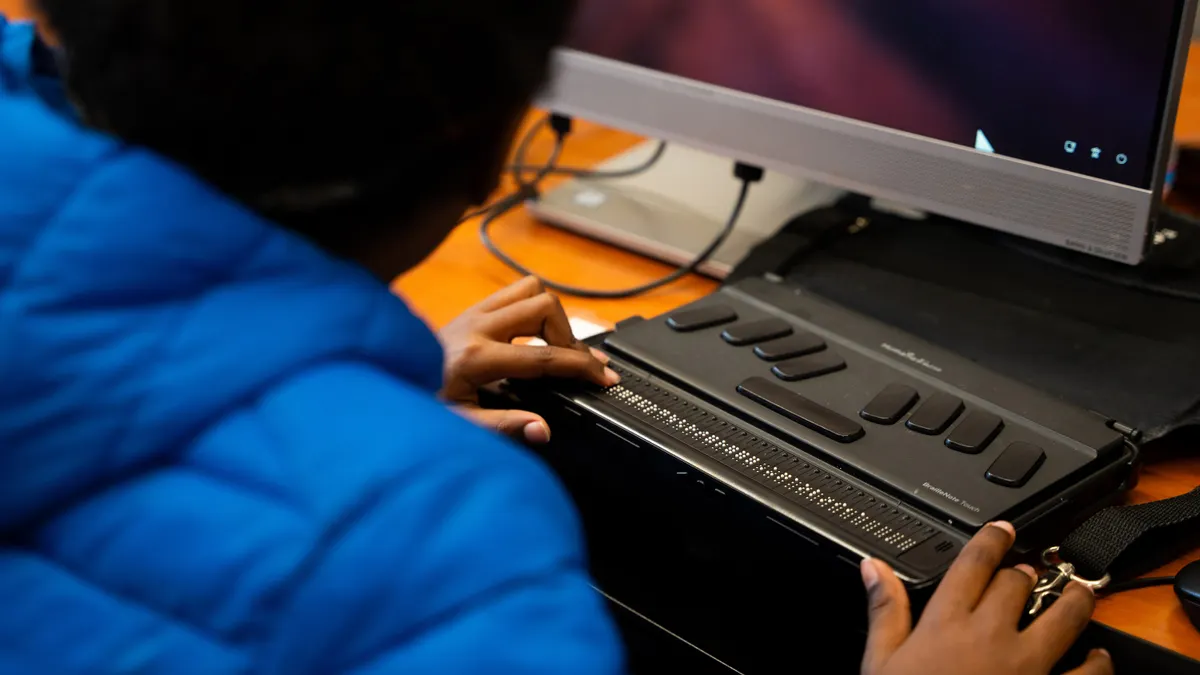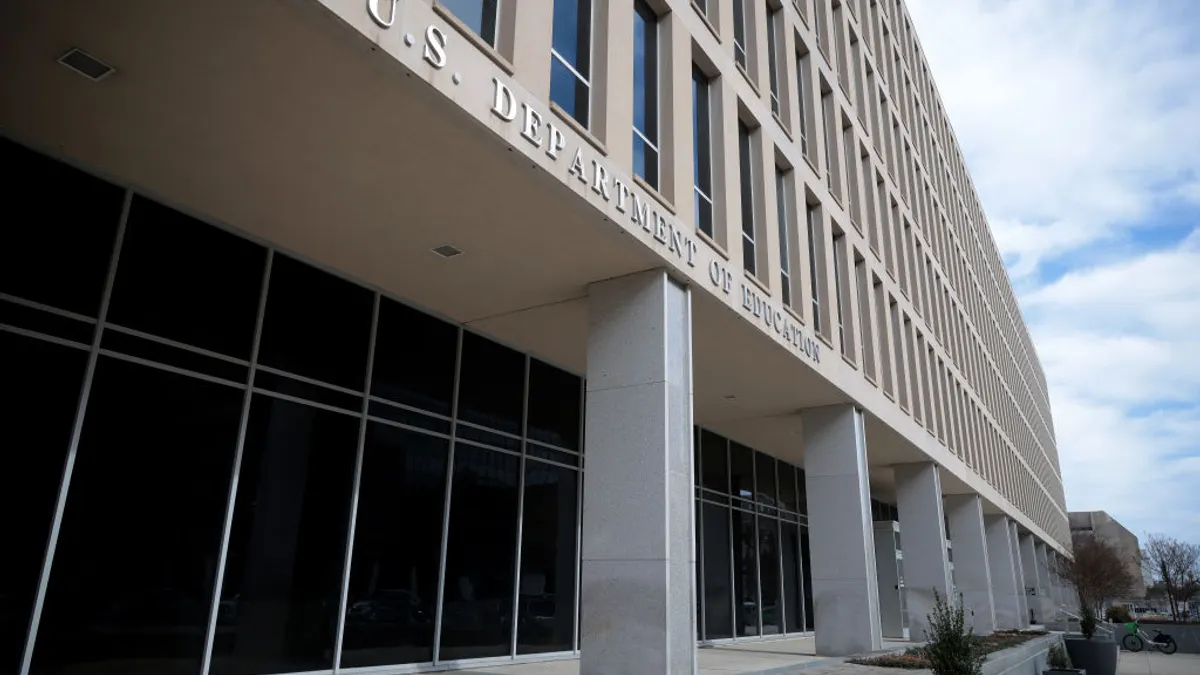This story is the third installment of a four-part series examining the digital divide's impact on K-12. For the rest of the series, click here.
For many years, Angela Siefer, executive director of the National Digital Inclusion Alliance, found herself repeatedly having to convince doubters that home internet access for all was essential. Then a global pandemic struck.
"Now, people are like, 'OK, we get it. It's important. Let's talk about solutions. Let's talk about the realities of how we fix this problem,'" Siefer said.
As school systems, along with their communities, begin to shift from pandemic emergency mode to recovery status, they are insisting on sustainable and reliable ways to make internet access a permanent part of education on school campuses and in students' homes. During the pandemic, the only way employees and students could work or learn was through reliable, high-speed home internet service. But it's not just strong internet connections being discussed.
School administrators are also looking to add or strengthen policies and initiatives that boost digital literacy for parents and students; professional development for educators; recurring funding for technology infrastructure and support; and practices that ensure equitable online instruction for 24-hour learners.
Addressing digital access, affordability and availability will take strategic coordination among local school, government and business partners, as well as support from state and federal agencies. While this has been a push in communities before the pandemic, the hardships brought to light by the pandemic are driving action that is broader and quicker than efforts made pre-pandemic. It's also sparking optimism that the increased attention and funding will finally cure the digital divide.
"If the mindset is to go back to what it was prior to COVID, then I think we lost an opportunity to do what's best for our kids," said Baron Davis, superintendent of Richland School District Two in Columbia, South Carolina. "So, this is the time to really kind of redesign. I think policies are going to have to exist around sustaining the efforts to redesign the K-12 experiences."
Need to modernize
Impactful change in school systems is typically a slow process filled with multi-year strategic plans, committees, debates, school board votes, policy changes and action plans. Yet, the public health crisis has forced schools to take rapid action to combat the digital divide.
That's what happened in Hamilton Township School District in New Jersey, where, in February 2020, the school board approved a five-year plan to provide a device to every student. By June 2020, just four months later, the district met that goal in response to the abrupt closure of school campuses due to the emerging coronavirus, said Superintendent Scott Rocco.
The district also realized through family surveys that 7.5% of students didn't have reliable internet at home. A grant from T-Mobile Project 10Million provided 500 hotspots for Hamilton Township students helping to fill that void, Rocco said.
Other changes the district swiftly made to ramp up virtual and hybrid learning formats included adding more apps and software, strengthening internet connections in school buildings, and providing targeted professional development, Rocco said. Different school system departments worked together to streamline operations. The management coordination developed during the pandemic to overcome barriers to digital inaccessibility is something educators vow to continue.
They say that even once the pandemic has passed, students will need 24-hour access to online homework, studying and teachers' lessons.
"If we revert 100% back to the way we were prior to COVID in education, then shame on us, right?" Rocco said. "We need to modernize. There's so much that we've learned over the last year, some of it is not good, but a lot of it is good stuff that can help us move forward, and the band has to come together."
Rocco said the district's mission now is to sustain the 1:1 program and provide internet access for students' home internet use. A device and Wi-Fi should be the equivalent of a child receiving a textbook at school, Rocco said.
"It's a tool, it's a resource. It's not the be-all and end-all, but it is access, an entry into learning in the 21st century. Without it, it clearly identifies haves and have-nots, and that should not exist anymore."
Counting the unconnected
Across the country, school systems, in concert with local and state governments, are digging deep to find permanent answers to the digital divide. Several states, such as California, Illinois and Texas, created task forces in 2020 to help expand broadband access, better understand internet and device needs, develop guidance for local school systems, and help secure funding and resources, according to research from the Education Commission of the States.
The federal government, too, is addressing the issue through dedicated stimulus funding, expanded use of the E-Rate program, and separate legislation and White House initiatives, such as the American Jobs Plan.
"If the mindset is to go back to what it was prior to COVID, then I think we lost an opportunity to do what's best for our kids."

Baron Davis
Superintendent of the Richland School District Two
And while there are plenty of efforts from all levels of government to move internet access from a nice-to-have resource to a must-have, there are also efforts by education leaders to set policies that promote best practices and avoid duplication of efforts, waste of spending or actions that leave out segments of the population.
For example, the Council of Chief State School Officers, along with EducationSuperHighway and Digital Bridge K-12, developed a blueprint for policies to help state education agencies and school districts collect reliable data on students' home internet and device access.
Knowing where the digital access gaps are can help better target resources, identify effective solutions, structure guidance and serve as leverage when advocating for state and federal funding, the blueprint said.
The blueprint gives recommendations for data elements for collection, student data privacy considerations, and engaging with student information system vendors. For example, CCSSO worked with the three largest SIS vendors last year to add five digital accessibility data points to their products at no cost to school systems. PowerSchool, Infinite Campus and Skyward worked quickly to add that capability, said Brent Engelman, CCSSO's director of education data and information systems.
Identifying the unconnected students can also help school systems address inequitable access to learning, Engelman said. The digital divide disproportionately impacts students who are Black, Hispanic, Native American, low-income and/or reside in rural areas, according to data from the U.S. Census Bureau. Some students with disabilities also face barriers to online learning.
Jessica Rosenworcel, acting chairwoman of the Federal Communications Commission, told K-12 Dive that, "Encouraging states, towns, and school districts to quantify where service is and is not in their own backyard can be a really helpful tool for ensuring federal and state funds for deployment and adoption go to the right places."
But before online learning can be available to all, reliable, high-speed internet has to be easily attainable and affordable — and that's where many digital divide school policies start.
Pushing for broadband
In the immediate weeks and months after the pandemic emerged, school districts like Hamilton Township provided Wi-Fi hotspots to students so they could strengthen internet access in homes. Some families also relied on LTE-enabled mobile devices, such as smartphones.
Now, goals are centered on supplying affordable broadband to the homes of students who lack service. And while the demand is high, there is a lot of movement and funding spurred by the pandemic to help districts with this effort.
K-12 Bridge to Broadband program, for example, helps states and districts purchase internet service through sponsored service agreements with internet providers. Chicago Public Schools, along with its city and nonprofit partners, last year set out to provide high-speed internet service to 100,000 students lacking access. The collaboration, called Chicago Connected, is using federal stimulus funding and donations to provide installation and services at no cost to eligible families for four years.
Another program that schools can promote, Siefer said, is the federal Emergency Broadband Benefit, which provides eligible families funding for internet service and purchases of devices.
"It's the first time the federal government has been like, 'You know, internet's expensive. We have to address this,'" she said.
Although $3.2 billion has been dedicated to the program, it's uncertain how long that funding will last, said Siefer, who recommends school districts form coalitions with neighboring school districts, local governments, housing authorities, libraries and others to advocate for and negotiate internet service agreements.
Rocco, from Hamilton Township, urges districts to push for broadband fiber optic connections to neighborhoods and areas where that infrastructure is missing. Many school system leaders are now some of the loudest proponents of broadband being treated as a public utility, like water and electricity.
No one will understand the internet needs of students and educators if district leaders don't speak up, Rocco said. In many states, those messages are being heard. According to the National Conference of State Legislatures, 38 states and Puerto Rico had legislation in 2021 addressing broadband in issue areas such as educational institutions and schools, funding, infrastructure, municipal-run broadband networks, rural and underserved communities, and more.
Efficient and effective technology
Connecting students to the internet is just one piece of the enormous task of solving the digital divide. Another major part is making sure teachers, students and parents can safely navigate online learning.
As schools switched to remote learning in 2020, districts such as Broward County Public Schools in Fort Lauderdale, Florida, held Parent Universities to share directions for using online learning platforms. Districts also set up tech help lines, online tutoring sessions, and even made socially distant visits to individual students' homes to demonstrate how to log in and submit assignments. Professional development for teachers was also provided.
Additionally, districts reinforced policies around digital citizenship so everyone was guided around the same parameters for access, etiquette, security and more. Kentucky students, for example, earn a Digital Driver's License through online courses and questions.
"The jury's still out really in terms of the effectiveness of all of this technology, because if you're just using it as a substitute for paper and pencil, you might as well use the paper and pencil because it's cheaper."

Chris Tienken
Associate professor at Seton Hall University
School systems will need to take a systemic approach to providing and funding these types of supports, although perhaps not at the same intensive levels as during the pandemic when everyone was learning and teaching remotely, said Chris Tienken, associate professor in the Department of Education Leadership, Management and Policy at Seton Hall University in South Orange, New Jersey.
"The schools that were most effective with remote learning were able to develop electronic lessons that had instructions and supports for parents and guardians embedded in the lesson," Tienken said.
And as the pandemic fades, schools will need to really consider how they use technology in both efficient and effective ways. Using technology effectively is providing students with experiences that they wouldn't otherwise have, Tienken said.
"The jury's still out really in terms of the effectiveness of all of this technology, because if you're just using it as a substitute for paper and pencil, you might as well use the paper and pencil because it's cheaper," he said.
Building a 'modern equitable digital ecosystem'
Creating plans and policies around paying for all these investments is perhaps the biggest responsibility school leaders have, say education policy experts. An unprecedented amount of federal stimulus funding has been made available to school systems over the past year and much of that money has flexible allowances.
Another pot of federal funds — the nearly $7.2 billion Emergency Connectivity Fund — will help schools and libraries provide digital access to students and patrons through the familiar E-rate program. The FCC issued preliminary rules for the Emergency Connectivity Fund to address performance goals, the fair distribution of funds, permitted off-campus equipment and services, and more.
School system advocacy groups, such as CCSSO, the Consortium for School Networking, and AASA, The School Superintendents Association, are asking that the rules for the fund be flexible and technology neutral so local and state leaders can make decisions about the use of funding based on their unique circumstances.
In the rush to get and spend money to fix digital woes, school leaders need to have procedures in place so funds are used wisely, effectively and in consideration of future needs, education experts advise.
"We want to talk about long-term and how do we sustain this and what does it take to build that modern, equitable, digital ecosystem," said CCSSO's Engelman. In fact, some groups, like EducationSuperHighway believe with the proper allocation of funds, the digital divide can be fixed.
Noelle Ellerson Ng, AASA's associate executive director of advocacy and governance, said it will also be imperative that communities don't forget this commitment made to heal the digital divide in education long after the pandemic is over.
"We need to be mindful of how appropriate education policy can be in strengthening this position," she said adding that "education is the cornerstone of our civic society."
"The digital divide is not new and we had to shine a bright light on our very uncomfortable secrets that this existed before," Ellerson Ng said.




















